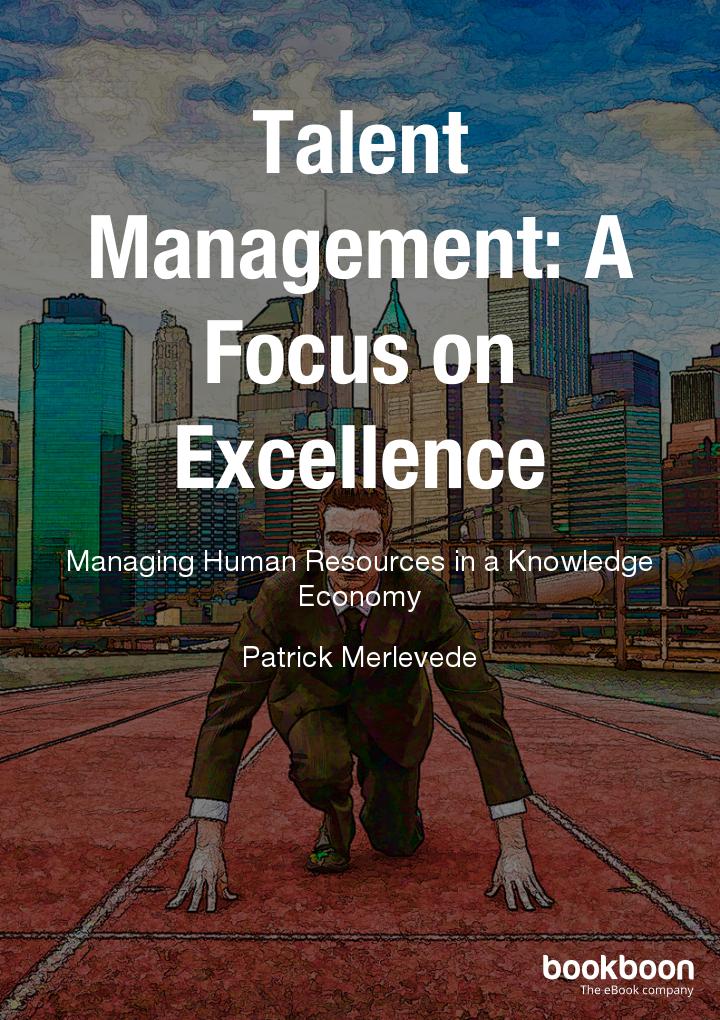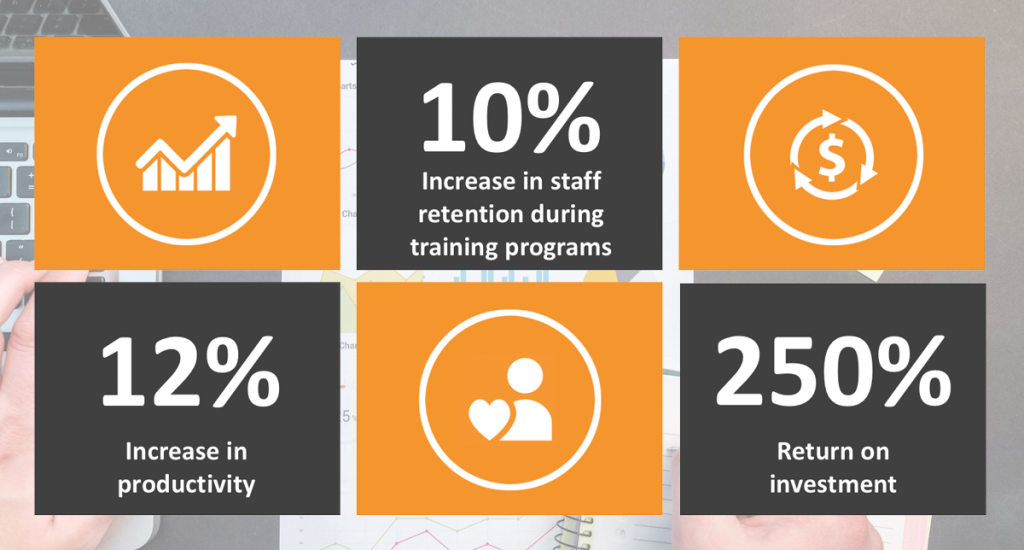Talent management: the danger of generic solutions

 Many misconceptions exist about the qualities required by someone to be successful. For instance, what do Albert Einstein, Warren Buffet, Mahatma Gandhi, Charles Darwin, and Rosa Parks have in common? Of course they are known as leaders who made an impact on their world. Actually, it turns out that they were all introverts as well.
Many misconceptions exist about the qualities required by someone to be successful. For instance, what do Albert Einstein, Warren Buffet, Mahatma Gandhi, Charles Darwin, and Rosa Parks have in common? Of course they are known as leaders who made an impact on their world. Actually, it turns out that they were all introverts as well.
Unfortunately, many HR professionals think that extroverts make better leaders or better salesmen. Apart from the counter-examples mentioned above, there are several other flaws in such reasoning.
- Personality has proven to be a weak predictor of work performance. Here are a couple of reasons:
- The notion of “Personality” presumes that someone reacts in the same way independent of context. One of the findings of cognitive science is that everything is contextual. In other words, a person will not react in the same way at home as they do at work or on holiday.
- The constructs used by personality models, such as the label “Introvert”, invented by Jung in the 1920s, can be decomposed in several building “independent” blocks, which means that they do not always need to be grouped in the same way. E.g.: It is said that introverts (1) prefer to be alone to “reload their batteries”, (2) that they think before acting and (3) that they don’t need external praise. However, this doesn’t mean that they don’t function well in a job context where they need to work with others. When one studies the test results of respondents to the iWAM questionnaire, one finds only a weak correlation between these 3 patterns (thinking before acting, needing validation & wanting to work alone). In other words, you will find people who prefer to work alone, but also want approval or feedback. And it’s not because one “acts fast” that one needs applause…
- Depending on the type of organisation or teams, other attitude patterns might be required.
- In some teams, such as sales, where all team members are doing the same job, you can identify which patterns are predictors of performance, and which should be required. But depending on the type of customer you are selling to, the type of product you are selling, or the type of context or situation, other patterns might work as well, if not better. E.g. in some sales contexts, you want a salesperson who acts fast. This might be the case when you are selling a telecom solution to a SOHO business, where the business owner might be willing to take a decision on the spot. In other sales contexts, more patience and reflection before acting will be preferable. This might be the case when selling telecom to a larger business, with a correspondingly slower decision process.
- Another factor is the organisational culture. In one telecom organisation people might be working in the same shop for 10 years and longer, and if you want to survive in that culture it may be important to like to work with your colleagues. In another, younger organisation, people may switch from one shop to another, even in the same week, depending on expected shop attendance. They have a more individualistic culture, where one’s won results are more important than being popular with one’s colleagues.
- In other teams, where team members are carrying out a range of diverse tasks, it might be better to have complementary patterns. We’ll discuss this in more detail in the chapter about team building & leadership. This means that relying on an instrument “because it was tested on 100.000 people doing that job” is probably going to be a bad idea. This type of instrument will only be predicting “averages”, and thus not really be suited to predict top performance. Trying to tweak the interpretation of the instrument “manually”, by asking HR professionals or line managers what should be the key characteristics to look for will fail as well, as they will tend to bias their judgment towards what they think or like in their answer. Even if they could manage to remain objective, at best you might only reach an approximation of what the real factors predicting excellence actually are.
This means that relying on an instrument “because it was tested on 100.000 people doing that job” is probably going to be a bad idea. This type of instrument will only be predicting “averages”, and thus not really be suited to predict top performance. Trying to tweak the interpretation of the instrument “manually”, by asking HR professionals or line managers what should be the key characteristics to look for will fail as well, as they will tend to bias their judgment towards what they think or like in their answer.
Even if they could manage to remain objective, at best you might only reach an approximation of what the real factors predicting excellence actually are.



